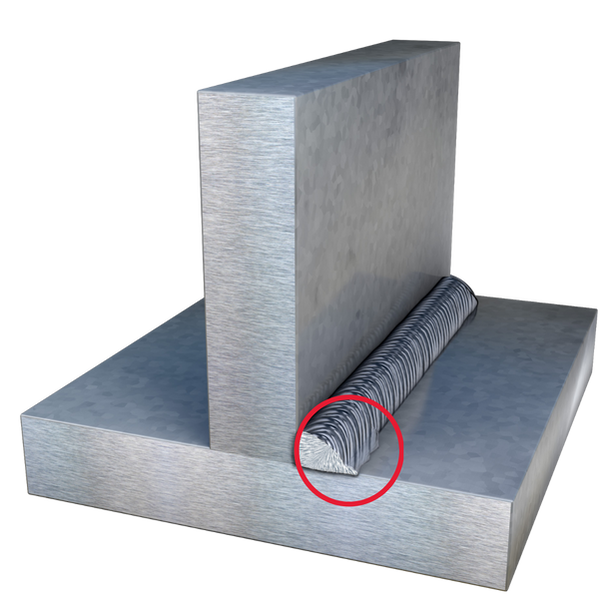Mastering the Art of Welding: How to Stay Clear Of Undercut Welding Issues for Flawless Manufacture Outcomes
By comprehending the root causes of undercut welding and applying effective techniques to avoid it, welders can boost their craft to new degrees of quality. In the pursuit of flawless fabrication outcomes, mastering the art of welding to avoid undercut problems is not simply an ability yet a requirement for those aiming for excellence in their work.
Comprehending Undercut Welding

To avoid undercut welding, welders need to make certain correct welding specifications, such as changing the existing, voltage, travel rate, and preserving the appropriate electrode angle. In addition, using the ideal welding strategy for the specific joint setup is vital. Using weaving activities or backstepping methods can help make certain correct weld steel deposition and reduce the chance of undercut development. Routine evaluation of welds during and after the welding process is likewise crucial to capture any kind of undercut very early and make essential modifications to avoid further flaws. Preventing weld undercut. By comprehending the sources of undercut welding and applying safety nets, welders can attain top quality, structurally audio welds.
Reasons For Undercut in Welding
Comprehending the variables that contribute to undercut in welding is necessary for welders to produce high-grade, structurally sound welds. Insufficient welding existing or incorrect welding rate can additionally contribute to damage. Understanding these causes and carrying out correct welding techniques can assist stop damaging issues, guaranteeing solid and durable welds.
Methods to Protect Against Undercutting

To alleviate the threat of damaging in welding, welders can employ tactical welding methods targeted at improving the top quality and honesty of the weld joints. One effective method is to adjust the welding parameters, such as voltage, present, and travel speed, to make sure correct warmth input and deposition. Keeping an ideal electrode angle and making certain regular traveling rate can additionally help avoid undercut. Furthermore, using the appropriate welding strategy for the details joint setup, such as weave or stringer beads, can add to reducing damaging. Preventing weld undercut.
Utilizing back-step welding strategies and controlling the weld grain account can also assist disperse heat uniformly and minimize the danger of undercut. Normal inspection of the weld joint during and after welding, as well as applying quality assurance actions, can aid in addressing and finding damaging issues quickly.
Value of Correct Welding Parameters
Selecting and preserving appropriate welding parameters is essential for achieving successful welds with very little issues. Welding criteria describe variables such as voltage, current, take a trip rate, electrode angle, and shielding gas flow rate that directly affect the welding procedure. These specifications have to be carefully adjusted based on the sort of material being welded, its thickness, and the welding technique employed.
Proper welding parameters guarantee the right amount of heat is put on melt the base metals and filler product evenly. If the criteria Check This Out are established also high, it can bring about too much warmth input, triggering distortion, spatter, or burn-through. On the other hand, if the criteria are also reduced, insufficient combination, lack of infiltration, or undercutting might happen.
Quality Control in Welding Workflow

Conclusion
Finally, grasping the art of welding requires a thorough understanding of undercut welding, its reasons, and techniques to stop it. By making sure proper welding criteria and carrying out quality control practices, remarkable construction results can be accomplished. It is important for welders to constantly aim for excellence in their welding operations to stay clear of undercut problems and produce top notch welds.
Undercut welding, a common flaw in welding processes, happens when the weld steel doesn't effectively fill up the groove and leaves a groove or clinical depression along the welded joint.To protect against undercut welding, welders ought to make sure proper welding specifications, such as readjusting the present, voltage, traveling rate, and maintaining the right electrode angle. Poor welding wrong or current welding rate can additionally look at these guys contribute to undercut.To alleviate the threat of undercutting in welding, welders can utilize critical welding techniques aimed at improving the top quality and integrity of the weld joints.In final thought, understanding the art of welding requires an extensive understanding of undercut welding, its reasons, and strategies to prevent it.
Comments on “Complete Overview to Preventing Weld Undercut: Tips and Techniques”